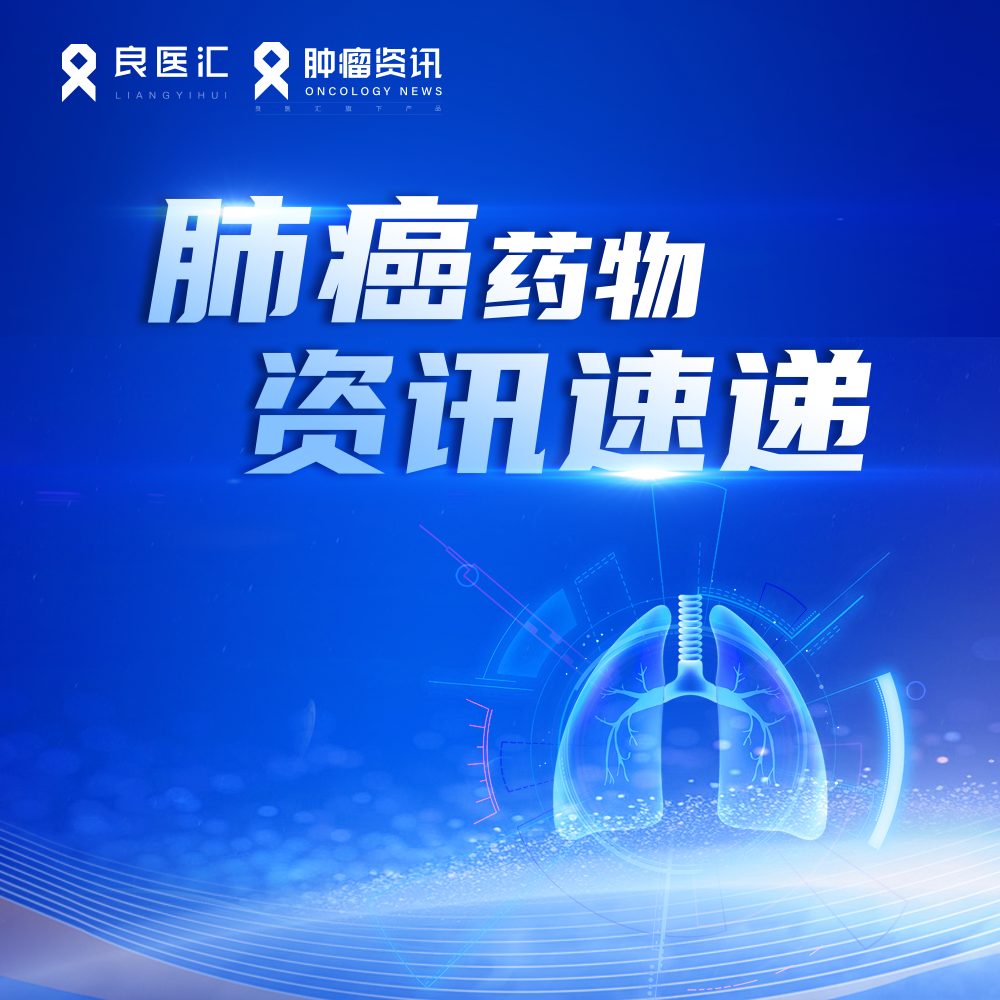来源:肿瘤资讯
在标准风险APL组中,全反式维甲酸(ATRA)+ ATO组合(无CT)与传统的ATRA +蒽环类化疗(CT)方案效果类似,但在高风险APL组中,目前还不清楚是否可以避免或大大降低CT,那么ATO组合疗法是否为治疗所必需? 下面我们来了解一下法国比利时瑞士APL组进行的随机试验分析(APL 2006)。
【研究背景】
在标准风险APL组中,全反式维甲酸(ATRA)+ ATO组合(无CT)与传统的ATRA +蒽环类化疗(CT)方案效果类似,而骨髓抑制较少(Lo Coco,NEJM 2014,Burnett,Lancet Oncol 2015)。在高风险APL(WBC> 10G / l)中,目前还不清楚是否可以避免或大大降低CT,但将ATO加入ATRA + CT则可减少复发(Powell,Blood 2010)。在接受ATRA + CT诱导治疗的高危APL患者(pts)的随机试验(APL2006试验)中,我们评估了ATO加入CT后在巩固期间的疗效。
【研究方法】
在2006~2015年间,年龄小于70岁的新诊APL患者,白细胞(WBC)>10 g/L,经ATRA 45mg/m2/d,伊达比星(Ida)12 mg/m2/ dx3和阿糖胞苷 (AraC)200mg/m2/ dx7诱导直到完全缓(CR),随机分组用CT和CT+ATO巩固。CT组(标准组)第一次巩固接受Ida 12mg / m 2 / dx 3和AraC 200mg / m 2 / dx7,第二次巩固接受Ida 9mg / m 2 / dx 3和AraC 1g / m 2 / 12h x 4d,2年的间歇性ATRA维持治疗和连续6 MP +甲氨蝶呤(MTX)。CT + ATO组接受相同的治疗,除了在两个巩固过程(d1-25)中加入ATO 0.15mg / Kg / d。
在2010年9月的第一次中期分析后,基于81例患者,AraC从CT + ATO组巩固周期中删除。研究的主要终点是从CR开始后的无事件生存(EFS)。
【研究结果】
58个中心共计入组211例WBC> 10 G / L,年龄<70岁的患者。其中95.7%达到CR,3.3%早期死亡,1%为耐药性白血病。 193例患者随机分组巩固,CT组97例,CT + ATO组96例。两组患者的预处理特点良好。7例患者(3例CT与4例CT + ATO)复发(5年累积复发发生率(CIR)为2.5%,对照组 3.9%; p = 0.39), 9例患者死亡:在CT,CT(加入AraC)+ ATO,CT(无AraC)+ ATO组(p = 0.04)分别有7例(7.8%),2例(5.1%),0(0%)。这些患者的的死亡原因为出血(n = 5),感染(n = 2)。CT + ATO组中的一名患者发展为AML / MDS。
CT和CT + ATO组中患者的5年总生存期(OS)分别为93%和94%(p = 0.56),5年EFS分别为89%和93%(p = 0.47)。在CT + ATO组(不加AraC)未增加CIR(为3.3%,p = 0.57)。在CT组,CT(加入AraC)+ ATO组,CT(无AraC)+ ATO组,巩固后ANC> 1 G / L的中位时间分别为22、25和19天(p <0.0001),血小板>50G / l的中位时间分别是24、26和20天(p <0.0001)。同样,在第一和第二次巩固后的住院时间的中位数分别为33、34、29d(p <0.0001)和31、32、28d(p = 0.0005)。
【研究总结】
常规采用ATRA和CT(包括AraC)以诱导、巩固和维持治疗,在大规模多中心的高风险APL中,患者的CR率非常高,复发情况很少,但在CR患者中有5%~7%的死亡。在该方案中加入ATO后并没有进一步减少复发,并且如果在CT中加入AraC,还增加了一些骨髓抑制。然而,如果加入ATO并从巩固循环中删除AraC,复发没有增加,而CR中的骨髓抑制和死亡减少。因此,ATO在高风险APL中有效。在国际APOLLO试验中,目前我们正在将“传统的”ATRA-CT疗法和延长的ATO-ATRA方案与诱导治疗期间仅2天的Ida进行对比,希望可进一步减少骨髓抑制和可能性复发。
原文
895 Is Arsenic Trioxide (ATO) Required in the Treatment of High Risk Newly Diagnosed APL? Analysis of a Randomized Trial (APL2006) By the French Belgian Swiss APL Group
Lionel Ades, MD, PhD1, Emmanuel Raffoux, MD2*, Olivier Spertini3, Agnès Guerci, MD, PhD4*, Christian Recher, MD, PhD5, Denis Guyotat6*, Eric Deconinck, MD, PhD7, Thierry Lamy De La Chapelle8*, Xavier Thomas, MD, PhD9, Dominique Bordessoule, MD, PhD10, Norbert Vey11,12, Stephane de Botton13*, Arnaud Pigneux, MD14,15*, Denis Caillot16*, Jean-Yves Cahn, MD17, Patrice Chevallier, MD, PhD18*, Jean-Francois Lambert, MD19, Claude Gardin, MD, PhD20*, Herve Dombret21*, Julie Lejeune22*, Sylvie Chevret23* and Pierre Fenaux, MD, PhD24
Background:
In standard risk APL, ATRA+ATO combinations (without CT) are at least as effective as classical ATRA + anthracycline based chemotherapy (CT) while being less myelosuppressive (Lo Coco, NEJM 2014, Burnett, Lancet Oncol, 2015). In high risk APL (WBC> 10G/l), it is still unclear if CT can be avoided or greatly reduced, but addition of ATO to ATRA + CT reduces relapses (Powell, Blood 2010). In a randomized trial (APL2006 trial) in high-risk APL patients (pts) who received ATRA + CT induction treatment, we evaluated the addition of ATO to CT during consolidation.
Methods:
Between 2006 and 2015, newly diagnosed APL pts <70 years with WBC> 10 G/L, after an induction of ATRA 45mg/m2/d until CR with Idarubicin (Ida) 12 mg/m2/dx3 and AraC 200mg/m2/dx7, were randomized for consolidation between CT and CT+ATO. The CT group (standard group) received a first consolidation with Ida 12 mg/m2/dx3 and AraC 200mg/m2/dx7, a second consolidation with Ida 9 mg/m2/dx3 and AraC 1g/m2/12h x4d, and 2-year maintenance with intermittent ATRA and continuous 6 MP + MTX. The CT+ATO group received the same treatment except that ATO 0.15 mg/Kg/d d1 -25 was added during both consolidation courses. After a first interim analysis in Sept 2010, based on 81 pts, AraC was deleted from consolidation cycles of the CT+ ATO group. The primary endpoint was EFS from CR achievement.
Results:
211 pts <70 years with WBC> 10 G/L were included (after the exclusion of 8 diagnostic errors) in 58 centers. 95.7% achieved CR, 3.3% had early death and 1% resistant leukemia. 193 pts were randomized for consolidation, 97 in the CT and 96 the CT+ ATO groups. Pre-treatment characteristics were well balanced between the 2 groups. 7 pts (3 CT vs 4 CT+ATO) had relapsed (5-year cumulative incidence of relapse (CIR) of 2.5% vs 3.9%; p= 0.39) and 9 pts had died in CR :7 (7.8%), 2 (5.1%), 0 (0%) in the CT, CT (with AraC) + ATO, CT (without AraC) + ATO groups respectively (p=0.04). Causes of death in CR were bleeding (n=5), infection (n=2), previous cancer relapse (n=2). One patient in the CT+ATO arm developed AML/MDS.
5-year OS was 93% vs 94% (p=0.56) and 5-year EFS was 89% vs 93% (p=0.47) in the CT and CT+ATO groups, respectively. Omission of AraC (after the amendment) in the CT+ATO group did not increase CIR (5 year CIR 5.3% with and 3.3% without AraC, p=0.57). In the CT, CT (with AraC) + ATO, CT (without AraC) + ATO groups respectively, median time to ANC>1 G/L after consolidation 2 was 22, 25 and 19 days (p<0.0001), and median time to platelets>50G/l was 24, 26 and 20 days (p<0.0001). Similarly, median duration of hospitalization after the first and the second consolidation courses were 33, 34, 29 d (p<0.0001) and 31, 32, 28 d (p=0.0005), respectively.
Conclusion:
Very high CR rates and very few relapses are now obtained in high risk APL on a large multicenter basis using classical ATRA and CT (including AraC) for induction and consolidation, and maintenance treatment, but at the expense of 5 to 7% deaths in CR. Addition of ATO to this regimen did not further reduce relapses, and added some myelosuppression if CT contained AraC. However, if ATO was added and AraC omitted from consolidation cycles, relapses were not increased, while myelosuppression and deaths in CR were reduced. ATO therefore appears useful in high risk APL. We are currently comparing, in the international APOLLO trial, the “classical” ATRA-CT approach and a prolonged ATO-ATRA regimen with only 2 days of Ida during induction treatment, hoping to further reduce myelosuppression and possibly relapses.
Disclosures:
Ades: Celgene, Takeda, Novartis, Astex: Consultancy, Honoraria, Membership on an entity's Board of Directors or advisory committees, Research Funding. Recher: Celgene, Sunesis, Amgen, Novartis: Membership on an entity's Board of Directors or advisory committees; Celgene, Sunesis, Amgen, Novartis, Chugai: Research Funding. Pigneux: Agios: Consultancy, Honoraria; Sunesis: Consultancy, Honoraria. Fenaux: Celgene, Novartis, Teva: Honoraria; Celgene, Janssen, Novartis, Astex, Teva: Research Funding.
欲了解更多血液肿瘤、淋巴瘤相关资讯,与全国各地血液肿瘤、淋巴瘤医生交流与讨论,请扫描以下二维码,添加肿瘤资讯小助手-Dinna微信,备注“血液肿瘤”!
编辑:肿瘤资讯-熊熊兔














 苏公网安备32059002004080号
苏公网安备32059002004080号


